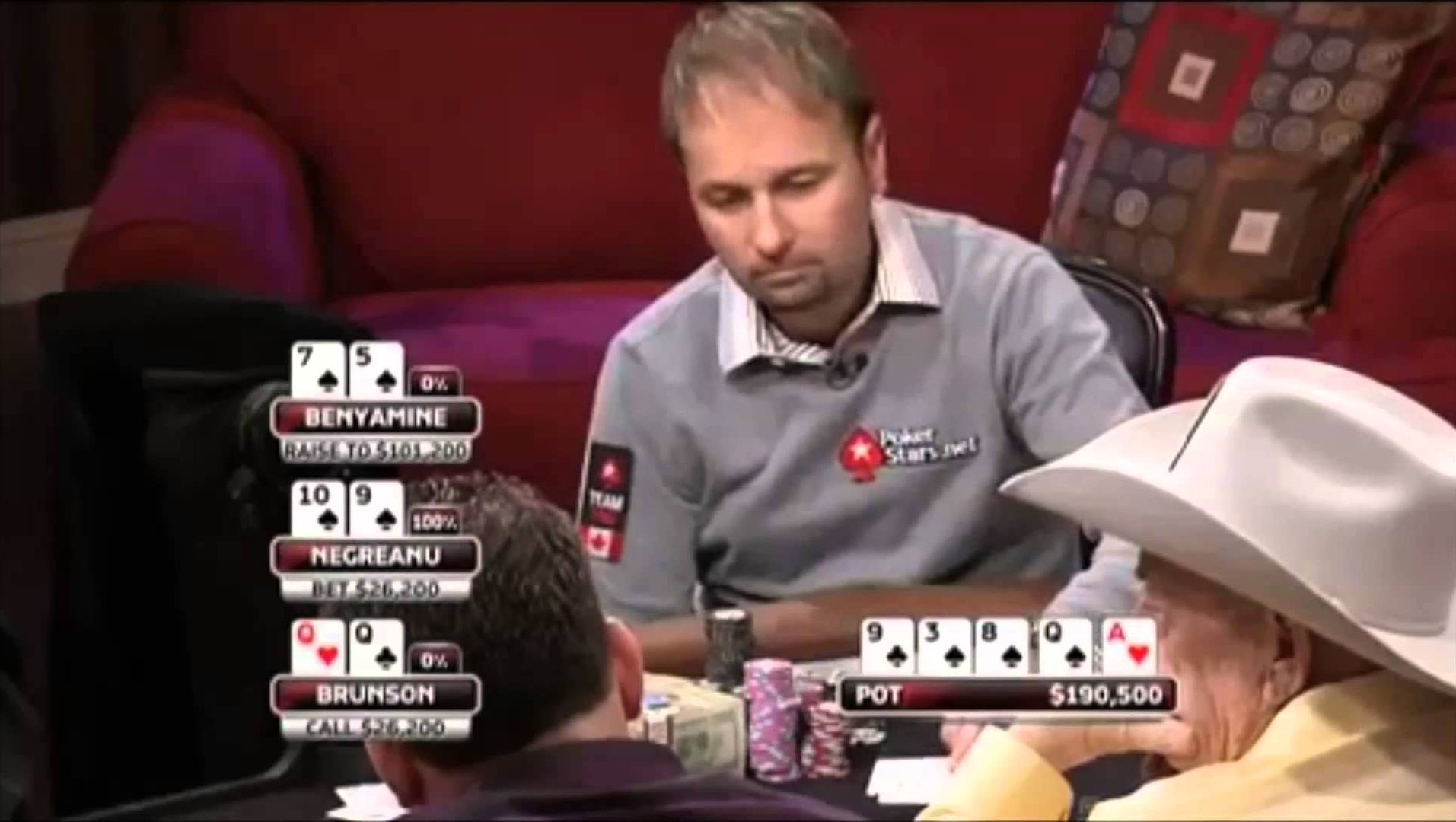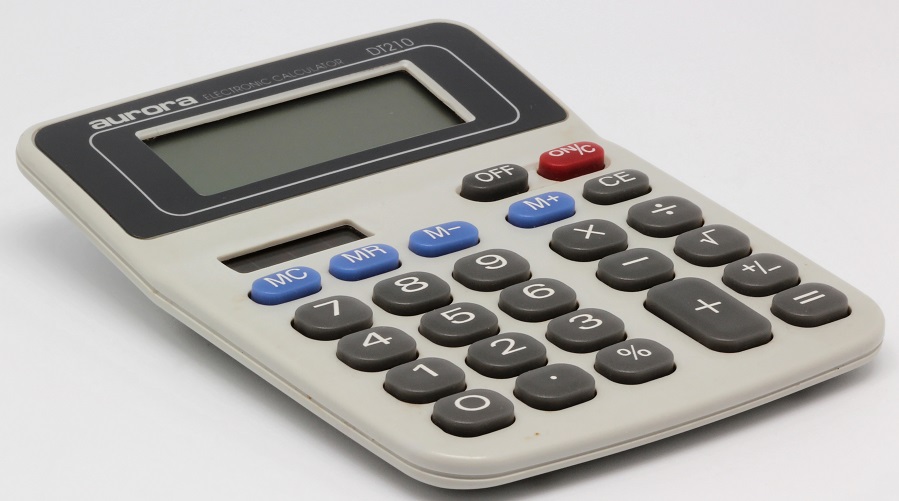
In the beginning, poker (and Hold'em in particular) seemed like an easy game for all of us. We only had to know when to hold’em and when to fold’em right? As time passed though, and as we gathered more and more experience, we suddenly realized Holdem is much more than meets the eye. We learned that Holdem is actually a very easy game to learn and a very hard game to master. To be the best we had to go in-depth, create profitable strategies, think of ways to play profitable both preflop and postflop, put our foes on ranges , and yes, calculate our Expected Value or EV on the go among many other things. So we started searching the Internet and well... here we are!
Don’t worry though, we know what you are going through. All of us have been in your spot. For some, calculating the EV on the fly is almost second nature, but for most of us, we needed lots and lots of practice to master those calculations in the midst of the action. You will probably need practice too, but before hitting the tables, you may be able to jump ahead by reading this piece of poker strategy letting all this valuable info sink in. After that, you can resume your play and start putting into practice what you’ve learned. Are you ready? Let’s begin then.
The Rule Of 2 And 4
And let’s just start with the easiest mental shortcut you will ever find in poker. Forget about charts and complex formulas, all you ever need for this trick to work is some basic math. The trick is commonly referred to as the Rule of 2 and 4.
To apply the Rule of 2 and 4, you must know your outs . For example, if you have a flush draw, you will have 9 outs to make an actual flush - the total of 13 cards of one suit minus the four cards already on the board and in your hand. If you have an open-ended straight draw, you will have 8 outs. If you have a gutshot, you will have only 4 outs to make a straight. If you have an overcard to the board that can actually turn your hand into the best one, then you will have 3 outs. With all these outs, you can calculate how often you improve your hand in a very simple way.
So let’s say you’re on the flop and you have a flush draw.
If you’re on the turn and the flush or straight draw is NOT complete, you can find out what’s your equity by multiplying the number of outs by 2 and after that adding 2 to your result. So with a FD you have around 20% equity - (9 x 2) + 2 - while with a SD you have around 18% equity - (8 x 2) + 2.

Ok that sounds easy enough you may say, but what does this rule have to do with the actual Expected Value? If you know your hand equity and also the pot odds/equity, you can easily find out if a play is +EV or -EV on the spot.
So let’s say you have a flush draw on the flop, you are against one opponent and the pot is $10 before the flop. Your opponent goes ahead and bets $10 making the pot $20. To see the turn, you need to invest $10 having a 2-to-1 pot odds. In terms of percentages, 2-to-1 is around 33% - basically your $10 / ($20 pot + $10 you are willing to invest). What does this mean? Your hand equity is greater than the pot equity therefore calling is +EV. If you have the nut flush draw, your Ace might actually be good too so you may have 12 outs instead of 9 which would mean around 48% equity, basically a flip and a great spot to get it all in on some occasions.
To summarize this part,
How To Use The Rule Of 2 And 4 Properly
A word of caution though before actually applying this rule at the poker tables. Let’s return to the previous example with the flush draw on the flop and let’s say you did call thinking it was indeed +EV. The turn bricks, the pot is $30 and villain bets big once more, $30. This time, you once again get 2-to-1 pot odds or 33% but as you apply the Rule of 2, you realize you have only 20% hand equity so you correctly fold. Yet something is wrong and you can feel it. You actually misinterpreted the Rule of 2 and 4. But how?
If you read the situation carefully, you would realize you actually saw only one street and the Rule of 4 refers to your equity on two streets. Wouldn’t it have been better to use the Rule of 2 instead? Of course it would, it is actually advisable to use more the Rule of 2 rather than the Rule of 4 even if you’re on the flop. And villain’s line confirms it. If you had used the Rule of 2 on the flop, you would have noticed it is actually -EV to call that $10 as you had 20% NOT 36% hand equity. That’s why you need to use the Rule of 4 more carefully and mostly rely on the Rule of 2, even if you have two more streets to go. Always think of your foe’s line and play before labeling a call +EV. Does he second-barrel often? What does his bet say? Does he have a strong enough hand to continue his aggression on the turn or is he just cbetting only to let the hand go on the next streets?

But what about the implied odds? Wouldn’t the implied odds justify our call? Well, the implied odds could justify almost any call in No Limit Texas Holdem. The reality, though, contradicts this assumption. Truth be told, implied odds are mostly overrated, especially by the poker newbies. Three cards of the same suit on the board can kill the action in many situation so don’t expect getting that much value out of your made flush. On the other hand, hidden straights have much more value and can pay off a well-timed - even slightly -EV - call. And yes, don’t forget about reverse implied odds: with the nut flush draw, you may be thinking you have 12 outs, yet if the opponent has a set, you actually have 7 or 8 good outs and 4 or 5 dirty outs that can only get you in a lot of trouble and lose a lot of money.
Best Poker Equity Tools and Completing the Puzzle
Easy enough but remember, that’s only the beginning. From this point on, things can only get tougher and it’s only up to you to find the missing links and complete the puzzle.
Yes, poker and Holdem specifically isn’t only about draws and +EV calls. Many more concepts are involved like ranges and fold equity that can make the EV calculations much more difficult. Nevertheless, you can still do it by keeping up your play and thinking about the game away from the tables.
One very efficient way to master EV on the fly is to use the best poker equity tools available regularly like the ‘grandfather’ of them all PokerStove or Equilab. And let’s not forget the poker tracking software like Holdem Manager and Poker Tracker. Start by playing with them, find the most common patterns and memorize them. For example,
If you play tournament poker, try out the best ICM tools out there like ICMIZER and Holdem Resources. Analyze as many hands as possible and learn the ranges to push/fold with in the most common situations. Yes, it will be hard at first, but as you will use the software more and more, you will slowly memorize all those ranges - e.g. find the hands are profitable to shove with (+EV) in almost any shortstack situation and so on.

Remember, you don’t need to calculate your exact EV at the poker tables in order to be profitable, you only have to know if your call/raise/fold has a positive expectation or a negative one. That’s the real secret to be ahead of your competition in any No Limit Holdem game, cash or tournament!


